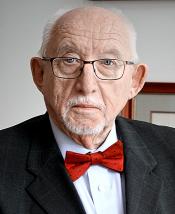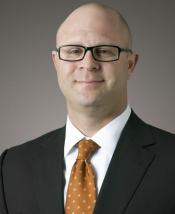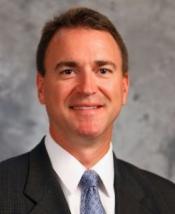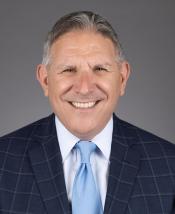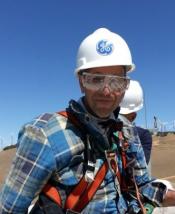Crisis Ahead for Electric Utilities as Electrification Picks Up
The world’s greatest machine, the U.S. electricity supply system, will begin to sputter in a few years as more is asked of it than it can deliver with its present resources and constraints.
In some way, all 3,000 utilities are bracing for a future very different in load characteristics and demand than they have ever faced — even in the days when loads were being driven up by the introduction of air conditioning in the 1950s.
There is fear in the industry that it is heading toward a time when it can’t produce and deliver the amount of power that the increasingly electrified world will need. Warnings have been issued not only by EPRI, NERC, MISO, NRECA and PJM, but also by utility CEOs.
Some fear large blackouts in specific areas, while others worry about shortages triggering regional blackouts. Many are hoping for technology breakthroughs to alleviate what now seems to be an inevitable problem.
The United States is heading to a period of increased demand as electrification spreads, particularly with the use of electric vehicles. These and other new electricity uses will change the shape of utility loads, put stress on interconnections to neighborhoods and homes, and produce new demand at peak time at the end of the day.
This is coming at the same time as the transition from fossil fuels and retiring nuclear puts an additional strain on the utilities.
A lot of new generation is located where the wind blows and the sun shines, but there is no way of moving the power to where it is needed. Building new transmission is the hardest challenge, utility managers agree.
Additionally, upgrading the system is being hampered by supply chain issues, where delays for something as simple as a bucket truck run to three years.
To examine this coming crisis of excess demand and inadequate supply, the United States Energy Association will hold a virtual press briefing on Monday, March 13 at 11 a.m. Eastern Time.
As with previous briefings, a panel of experts will be questioned by a panel of energy journalists. Llewellyn King, the briefings organizer, will serve as moderator. USEA Acting Executive Director Sheila Hollis will give opening and closing remarks.
Experts:
Emily Fisher, Executive Vice President and General Counsel, The Edison Electric Institute (EEI)
Louis Finkel, Senior Vice President of Government Relations, National Rural Electric Cooperative Association (NRECA)
Todd Ramey, Senior Vice President Markets and Digital Strategy, MISO
Ronald Schoff, Director, Electric Power Research Institute (EPRI)
John Di Stasio, President, Large Public Power Council (LPPC)
Reporters:
Matt Chester, Energy Central
Matthew Daly, Associated Press
Ken Silverstein, Forbes
Herman Trabish, Utility Dive


